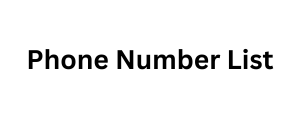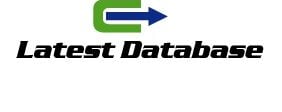Widgets that don’t really matter to the reader:
latest posts (however, the reader can see these from the blog page)
calendar (everyone already has it on their mobile phone, computer or paper)
archives (I personally prefer to use the category widget)
keyword cloud (if there are few keywords, this widget can be used, but if there are a lot of keywords, this takes up unnecessary space in the sidebar)
Google translate (Google cannot translate Finnish slang or dialect words, so the reading experience is lacking)
meta (the only useful link here is RSS, but even that can be replaced with the “Blog subscription” widget)
navigation menu (navigation is built into the top bar, so using this in the sidebar is pointless)
I recommend using these widgets:
- most popular posts (highlights good old posts that are read a lot)
- blog subscriptions (readers can subscribe to new posts directly to their email)
- search (the reader can Bulgaria Phone Number List search for information from the blog and posts)
- categories (the reader can immediately see clearly which topics are being written about)
- html (adding any advertising code)
- social media channel icons (so that people can also follow you on social media).
Plugins, i.e. additional or extension parts
With the help of add-ons, the blog can be used to build, for example, an online store (Woocommerce), an online course platform (LifterLMS or LearnDash), a discussion board (bbPress), the entire layout (Divi or Beaver Builder) or, for example, a closed membership site by combining these things mentioned above.
As I said at the beginning of the post, there are thousands of plugins. Free plugins can also be found directly in WordPress. Every free add-on also has a paid version. But for example, I don’t have many add-ons that are paid for.
You should think of a plugin like a mini-app. It is its Phone Number List own separate program that enables adding various functions to the blog. Vimpain thus works inside WordPress, and the plugin adds new code to the blog.
Adding plugins to your blog is easy. First, you search for a suitable add-on, click the “Install now” button next to it and wait for the add-on to be installed on your blog. After that, the text of the button changes to “Enable”, and by clicking on it, the add-on starts working normally.
You can search for plugins by keywords (by the way, do you notice that there are 48,406 plugins in WordPress at the time of taking the picture…) or choose, for example, the “Popular” listing, like me in the image below.








Leave a Reply